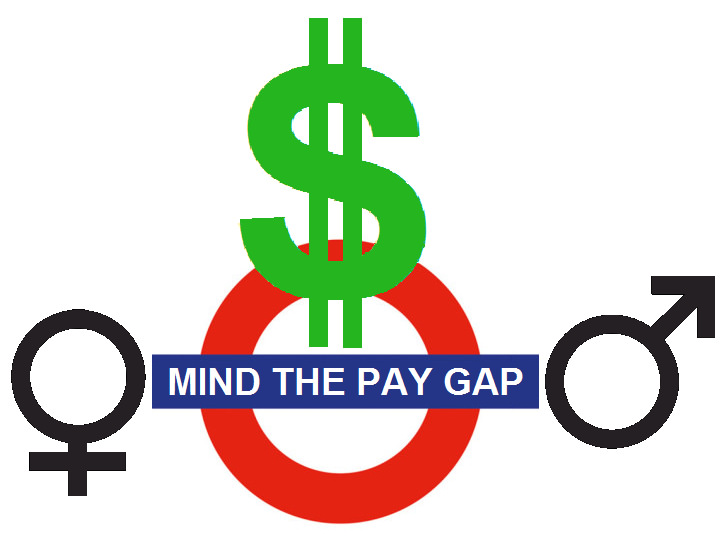Women outnumber men in the foundation space in executive, grantmaking, and supporting roles, but when it comes to cutting payroll checks every two weeks, the industry is still a boys’ club. Despite greater positional equality than some areas of the for-profit sector, leading women in the foundation space still make just 84 cent on the dollar as compared to their male counterparts.
The results are from Exponent Philanthropy’s 2018 Foundation Operations + Management Report, based on survey responses from 330 members. Results show that while 66 percent of responding organizations’ CEO or top administrator was female, the average compensation of a female top administrator was $127,039 as compared to $150,712 for males in the same role. The disparity is starker when looking at the median salary discrepancy, $120,500 for women as compared to $150,000 for males.
Similar wage inequality can be found down the organizational hierarchy, according to data in the report. Three-quarters (75 percent) of grantmaking professionals are women but they fail to earn 80 percent of what their male peers make, $83,668 to $105,428 on average. The salary discrepancy is even more pronounced among full-time administrative and support staffers. Women hold 90 percent of such jobs, but make slightly more than 78 cents on the dollar, $63,918 to $81,646 for males.
The salary disparity between men and women at the highest roles of foundations has actually grown slightly since 2005, when women were making 86 cents on the dollar as compared to men in similar roles. The gap narrowed to 88 cents on the dollar in 2007 before slowly widening to 74 cents on the dollar in 2012, where it has since corrected course, per the survey data.
“Philanthropy is one of the few sectors dominated by women, but unfortunately the gender pay gap exists similar to other sectors,” said Henry L. Berman, CEO of Exponent Philanthropy. “We believe it is important to build awareness of the gender pay gap so that foundation boards can address it and correct it.”
Beyond the wage-gap among foundation professionals, this year’s report covered topics including board sizes and diversity, succession planning, and foundation payout rates. Among other key data featured in the report were:
* Education is the favorite funding area among foundations with 29 percent of grant dollars going toward that subsector followed by human services (19 percent), health (15 percent), and arts and culture (9 percent). On average, foundations granted 7.22 percent of total non-charitable use assets. Foundations with $100 million or more in assets gave the largest portion (10.93 percent) while those with $50 to $99.9 million in assets gave the smallest (4.84 percent). About two-thirds (66 percent) of grant dollars go to local causes;
* Foundation boards tend to be racially homogeneous with just 22 percent of board featuring members of more than two races. Three out of five boards (60 percent) are made up of just one race;
* In terms of numbers, the median board size is six members among respondents, with foundations with $25 million or more in assets averaging seven members and those with between $1 million and $9.9 million averaging five. Over four out of five (81 percent) of foundations have between three and nine members;
* Foundations tend to be lean on staff. Nearly one-quarter (23 percent) of foundations surveyed have no paid staff. Among those that do, 63 percent have just one or two paid employees and just 10 percent have five or more paid employees; and,
* An increased awareness of the importance of succession planning might have driven some foundations to action, but they are still among the minority. Less than one-third (32 percent) of foundations conduct succession planning for boards as compared to 19 percent in 2008. Building a pipeline for staff is still a work in progress, with 15 percent of foundations making such efforts for staff succession as compared to 8 percent in 2008.








